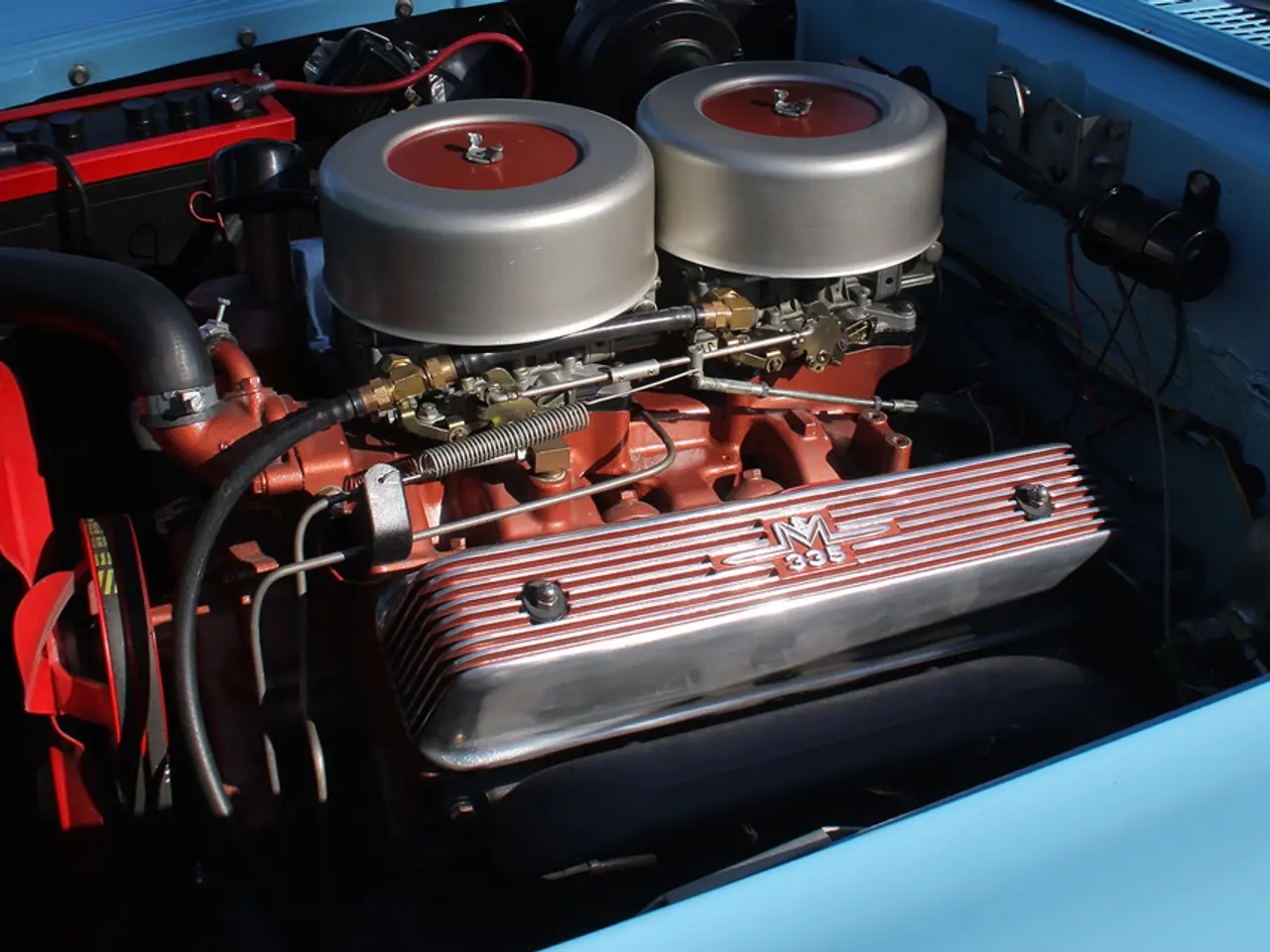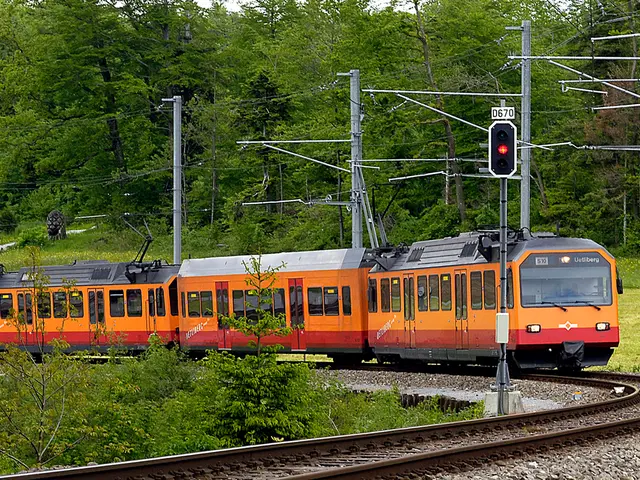Mechanical Advantage in Lever Systems: Examining How Leveraged Forces Work
Pulleys are simple machines that have been a staple in lifting and moving heavy objects for centuries. Comprised of a grooved wheel rotating around an axle, with a rope or cable running through the groove, they provide a means to balance forces and simplify lifting tasks.
However, real-world pulleys are not without their drawbacks. Friction in the system converts some of the input force into heat, reducing the amount of force applied to the output load. This friction can be influenced by factors such as the diameter of the pulley, the tightness of the rope or belt, and the weight of the pulley itself. Heavier pulleys require more force to rotate, while larger pulleys have a longer circumference, which means more friction. Tighter ropes or belts create more friction as well.
Other factors that affect the efficiency of real pulleys include material properties, surface roughness, and lubrication. An ideal pulley operates without friction, but real pulleys do not, reducing their efficiency compared to their ideal counterparts.
Despite these limitations, pulleys remain a valuable tool in various industries, from construction sites and cranes to backyards. They can establish equilibrium in systems by balancing forces, and they can be used to calculate speed and velocity in motion problems.
The mechanical advantage (MA) of a pulley determines how effectively it amplifies force. The MA can be increased by changing the direction of the force and using multiple pulleys. For instance, compound pulleys, a combination of fixed and movable pulleys, can provide a greater MA than a single pulley.
In 1928, Rudolf Hettler investigated the power consumption of timpani in relation to the number of ropes, the radius of the timpani, the moving load, and the effort-force value. This study underscores the importance of understanding pulleys and their role in various applications.
In conclusion, while real pulleys may not be perfect, their ability to amplify force and simplify lifting tasks makes them indispensable in a wide range of applications. Understanding the factors that affect their efficiency can help in optimising their use and improving their performance.
Read also:
- Latest Edition of Bus-News Magazine Arrives for 2023!
- Testing the Camp Mode of the 2025 Tesla Model Y with Juniper's interior housing two kids, shockingly low CO2 levels were discovered.
- Demonstrating Carbon Storage in Agricultural Forestry through Digital Monitoring and Verification
- EV and Charging Technologies will see broader horizons at SINBON's Battery Show in 2025, as the event aims to push boundaries.








